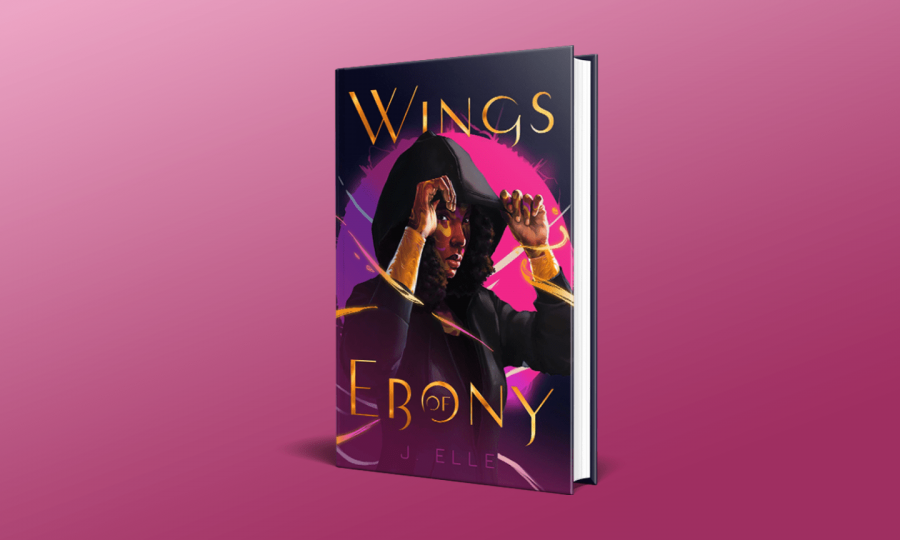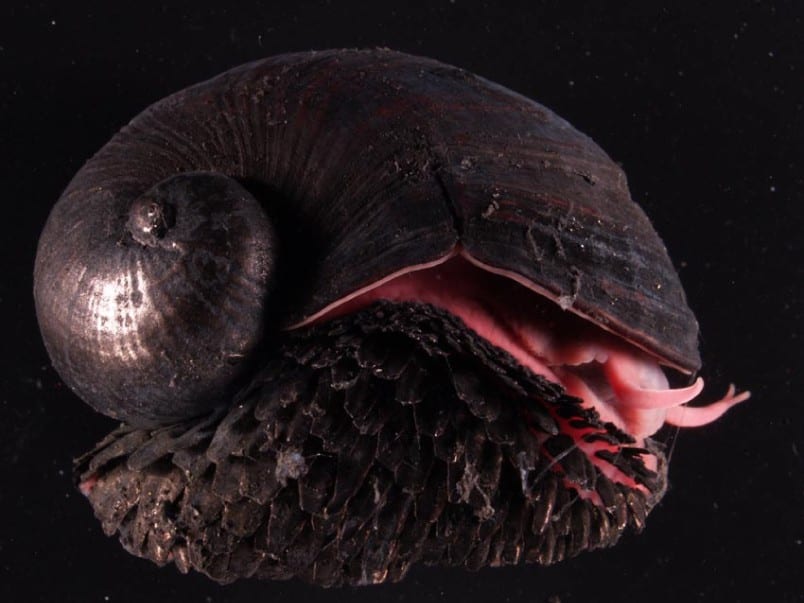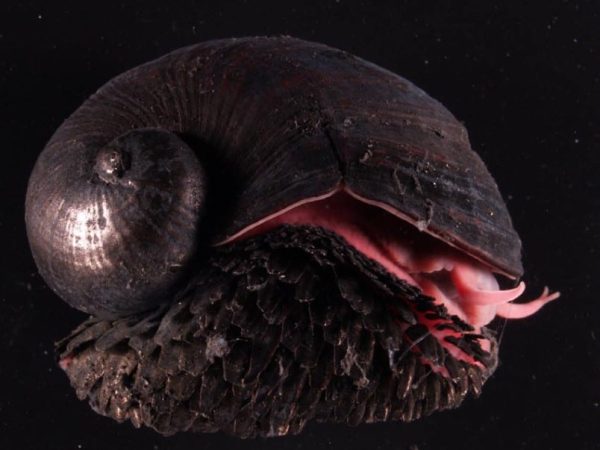Strong Bonds and Magic Systems: A Review of J. Elle’s “Wings of Ebony”
March 29, 2021
-By Brittany Eldridge
J. Elle’s “Wings of Ebony” merged a refreshing fantasy world involving artificial magic and precious stones with a realistic world involving poor neighborhoods, shootings, and racism. Most interestingly, good and evil presented themselves in both worlds. In a number of fantasy novels, the protagonist either obtained satisfaction in their new life or rejected it entirely. In “Wings of Ebony”, the two worlds first appeared as polar opposites, but Elle meshed the two worlds together in such a way that they cannot be seen as separate. Both worlds were ignorant of each other, which resulted in both harmless, if not comedic, misunderstandings, or occasionally serious conflicts in which relationships are strained.
The heroine of “Wings of Ebony” differed from many other young adult fantasy heroines. This heroine, known as Rue, avoided falling into the stereotypical heroine role: the shy, fragile and weepy damsel in distress who craves romance and attention. Rue grew up in a poor neighborhood known for gang violence and faced discrimination as a young black girl, particularly when she found out about her own magical abilities and was forced to reside in a fantasy realm where all of the magicians were white. Despite the violent and frightening events she experienced, Rue strove to keep her family safe and her friends close.
“Wings of Ebony” explored important and relevant topics of racism, poverty, feminism, heritage, and violence. Elle not only expertly addressed historical and modern accounts of racism, but also addressed occurences of racism in genre fiction. Black characters were often “left out” of fantasy and science fiction novels, or they took the place of villains or side characters. While Rue faced discrimination, she still possessed both magical and inner strength. Magic empowers people, especially young people, therefore young adult novels, such as this one, that feature black protagonists with magical abilities are important.
What was shocking about this novel was the combination of dark fantasy elements, gang violence, and murders. Young adult fantasy stories tend to sugarcoat things, but “Wings of Ebony” did not. It did not condone these acts, but explored the detrimental impact these events had on young people.
One particularly compelling image present throughout the novel was that of chains. Chains provided magic users with power, but they were bound to the user through pain. Here, too, Elle constructed an interesting dichotomy: that of suffering and pain resulting in power and resilience. Some characters were visibly chained, whereas others were chained metaphorically.
Interpersonal relationships were forged, broken, and mended in this novel. The protagonist formed relationships with some characters by blood, others by magic, and still others by proximity. Yet, all of those relationships were strong and provided Rue with the mental fortitude she required. The strength of the interpersonal relationships in this novel was determined not by the origin of the bond, but by whether or not the bonded individuals supported one another.
While Rue was a strong character whose past and inner thoughts were thoroughly explored, her sister and best friend served almost as background characters. Her sister, Tasha, often adopted the role of damsel in distress, and her best friend, Bri, was absent for chunks of the novel. In fact, she appeared to exist mostly as backup for when Rue found herself in a dire situation, or as a source of conflict, even, at one point in the novel. Bri engaged in selfish behaviors, but Rue quickly forgave her without this conflict being thoroughly fleshed out. The two supposed close friends did not seem to have a close bond. Their relationship seemingly manifested from their similar position as outcasts in the magical world.
Elle created a slightly jarring effect by starting at one point in the story, moving back several months in time, and then suddenly returning to the present. While Elle included time stamps for these sudden flashbacks, smoother transitions and more background information would have helped the story flow. Elle began Rue’s story right in the middle of the conflict, after she had already spent a year within the magical world, but it would have been easier for the reader to discern the rules and governing bodies of this magic world if the reader experienced it for the first time with Rue.
“Wings of Ebony” was a fast-paced read of a fairly short length (368 pages in the hardcover edition). Elle avoided using technical language and complicated character names. The history of the world, too, was easy to follow and discern. However, Elle could have enhanced the story by including specific dates, better descriptions of physical locations and landmarks in the magical world, and maps and illustrations of the magical world.
A sequel to “Wings of Ebony” is anticipated to be published in 2022 and was announced on J. Elle’s website.
-4.5 Stars out of 5




















